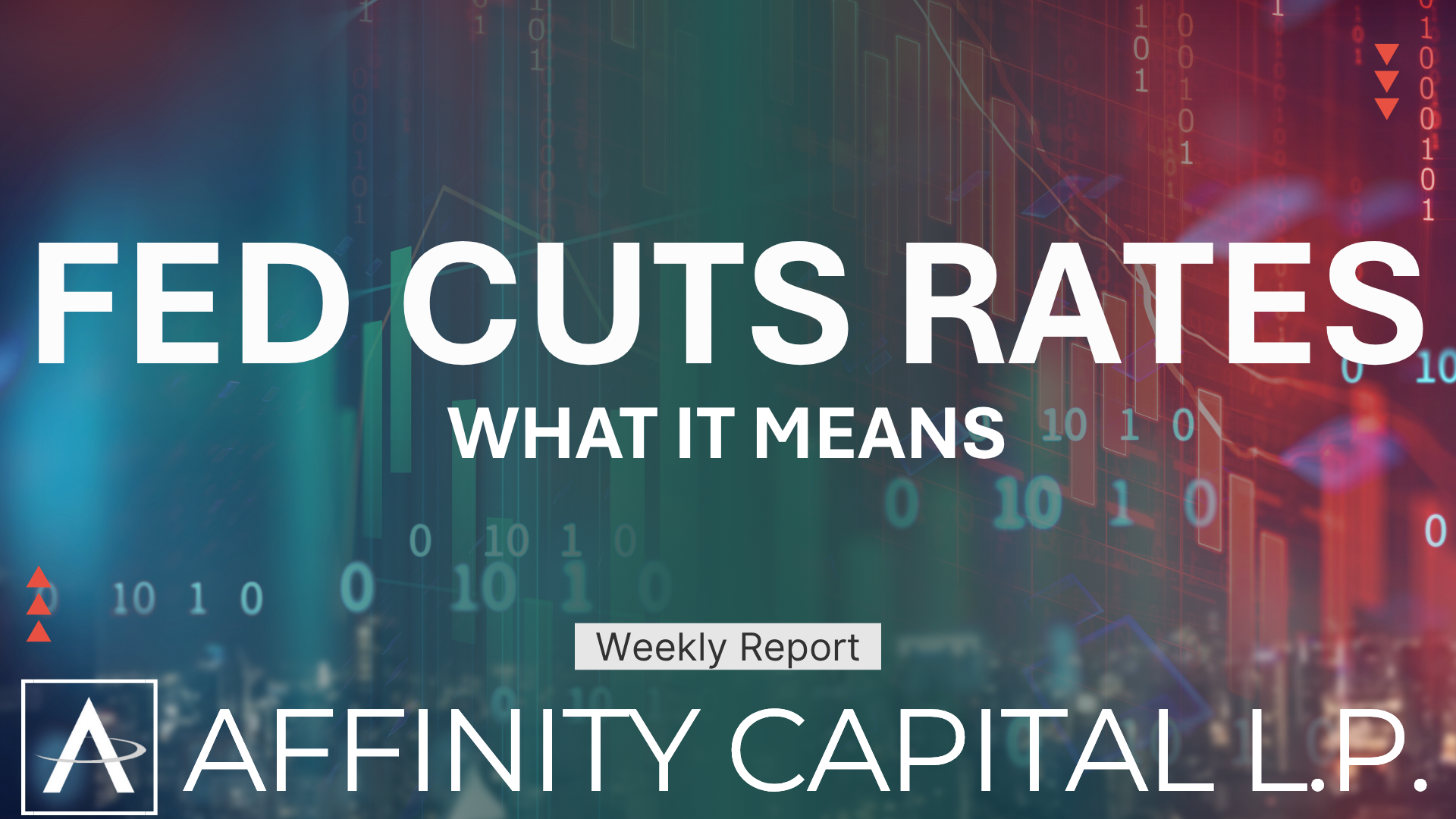October 29, 2025
The Federal Reserve announced today that it is cutting interest rates by a quarter of a percentage point, bringing the federal funds target range down to 3.75% to 4.00% . While it may sound like just another number, this decision carries real implications for the economy and financial markets. Why the Fed Made This Move The Fed has two primary goals: keep inflation under control and support a healthy job market. Over the last year, much of the focus has been on the first goal. Inflation has been stubborn, running higher than the Fed’s 2% target. Now, however, concerns about the job market are moving to the forefront. Hiring has slowed, and the Fed has acknowledged that risks to employment are rising. With economic data disrupted by the government shutdown, the central bank is working with incomplete information. In that uncertainty, officials chose to act in what they call a “risk management” mode, providing a bit of cushion for the economy. What This Means for the Economy Borrowing and Spending Lower rates typically filter into lower borrowing costs for businesses and households. That can mean slightly cheaper loans, credit cards, and mortgages. We have already seen mortgage rates dip in anticipation of this move, and that could provide some relief for homebuyers. Business Investment When financing is less expensive, businesses are more likely to expand, invest, and hire. The Fed hopes this cut provides enough encouragement to keep the labor market steady. The reality, however, is that a single quarter-point cut may only have a modest impact unless overall demand in the economy improves. Inflation Still in the Picture The challenge is that inflation has not gone away. By easing policy while prices are still running above target, the Fed runs the risk of letting inflation flare up again. That balancing act—supporting jobs without reigniting inflation—will be the key tension in the months ahead. Housing and Consumers The housing sector is especially sensitive to changes in interest rates. Builders and buyers often respond quickly when financing costs move even a little lower. At the same time, for households carrying debt, lower rates can make it easier to manage payments or refinance. But if wages stagnate or unemployment rises, those benefits may be limited. Markets and Volatility Markets had largely anticipated this cut, so the bigger story is what happens next. Investors are already debating whether this will be the first of several cuts, or just a one-off adjustment. That uncertainty often creates volatility in both stocks and bonds. The Bigger Picture The Fed has made it clear that there is no preset course. Officials will continue to watch the data and adjust policy as needed. That means future moves could go in either direction depending on whether inflation proves sticky or the job market weakens further. What does this mean in practical terms? It means we are entering a period where the Fed may be more reactive than proactive. Each new employment report, inflation reading, or sign of economic strength or weakness will take on outsized importance. Our Perspective For clients, the most important takeaway is that the Fed is signaling greater concern about the labor market, even as inflation remains above target. In other words, the economy is at a delicate point. The rate cut should provide some near-term relief, but it is not a magic fix. We are watching several key areas closely: The pace of hiring and unemployment trends Inflation data to see if price pressures start to ease or flare back up Housing activity, which could pick up if mortgage rates continue to drift lower The Fed’s move today is best seen as a stabilizing step. It shows policymakers are willing to provide support if needed, but it also highlights just how uncertain the path forward is. Periods like this can create noise in the markets, but they also underscore the value of staying focused on long-term goals. Our role is to keep a steady eye on developments, evaluate the implications, and make thoughtful decisions on your behalf. As always, we will continue monitoring the Fed’s actions and the broader economy, and we will keep you updated as the situation evolves.




